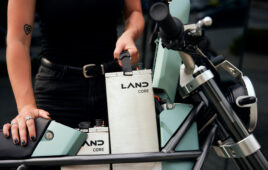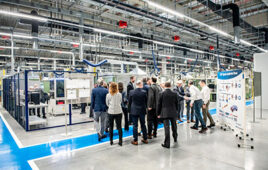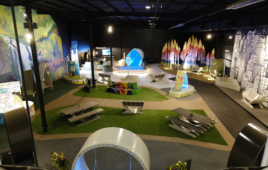(Moorpark, CA) — Custom Sensors & Technologies' afterreament systems and emission sensors for the automotive industry are helping curb toxins produced by passenger vehicles.
Aftertreatment Systems — Newly enacted regulations require exhaust gas monitoring and filtering in diesel engines to remove particulate matter. Two common methods are Diesel Particulate Filter (DPF) monitoring and Selective Catalytic Reduction (SCR) systems. CST produces a differential pressure sensor for DPF that indicates to the system when it should regenerate or burnout toxic exhaust particles.
Emission Solutions — Exhaust back-pressure and exhaust gas recirculation (EGR) pressure sensors are used to control combustion and minimize engine pollution. CST’s back-pressure sensor is used to control the turbocharger, improving fuel economy and increasing performance through high torque outputs. The EGR sensor measures the exhaust gas that is sent back to the manifold and functions to reduce the production of nitrogen oxides. By measuring the actual flow vs. and inference of flow, CST’s sensor provides improved data for emission control.
The Future … Urea – As more and more requirements are being placed upon automakers to reduce emissions and lower pollution rates, urea level sensing will gain momentum. Already in use in Europe, urea injection systems will be in prominent use to lower Nox emissions. CST’s urea sensor has the unique capability to measure both level and pressure in one unit.
www.cstsensors.com
:: Design World ::
Filed Under: Automotive, Green engineering • renewable energy • sustainability, SENSORS





Tell Us What You Think!